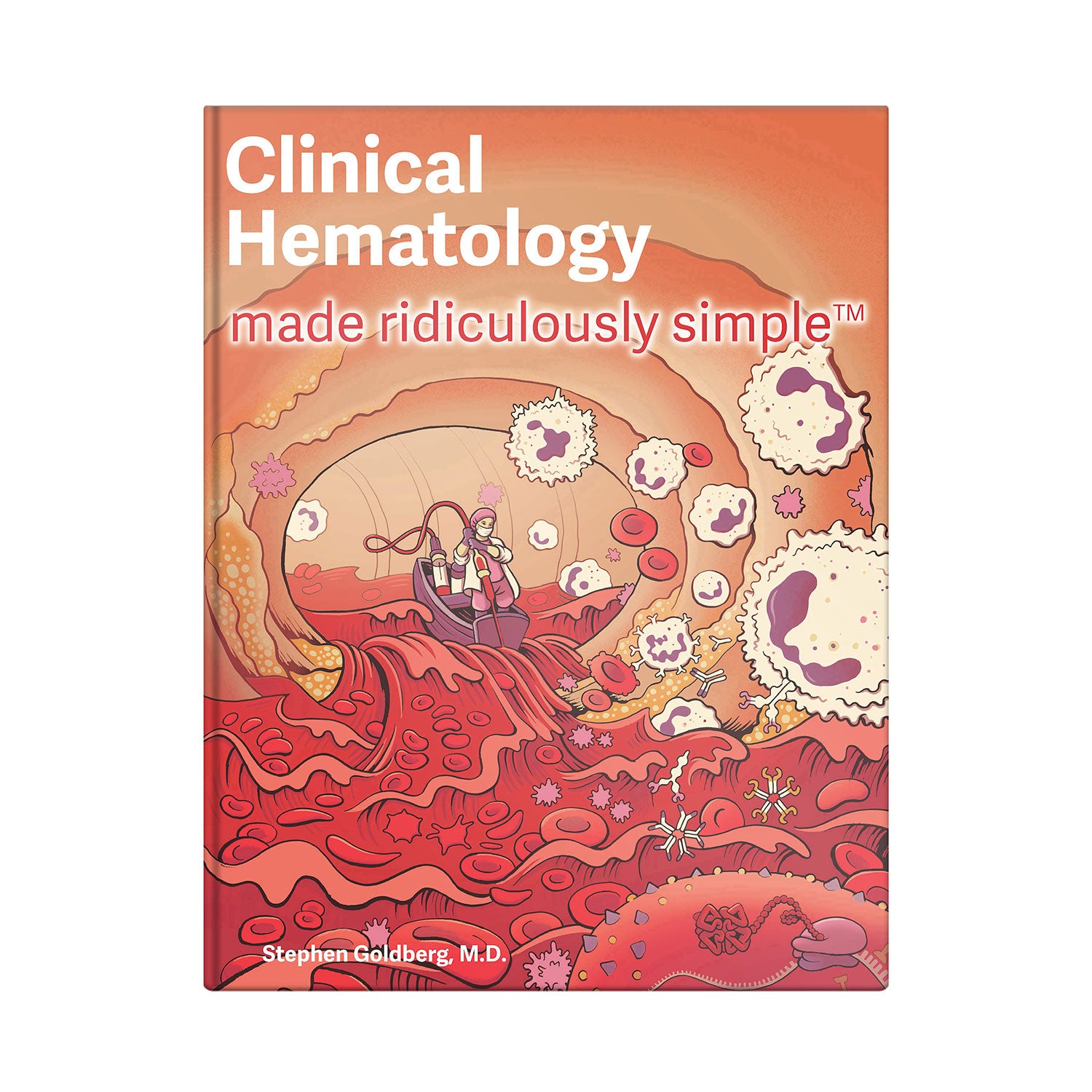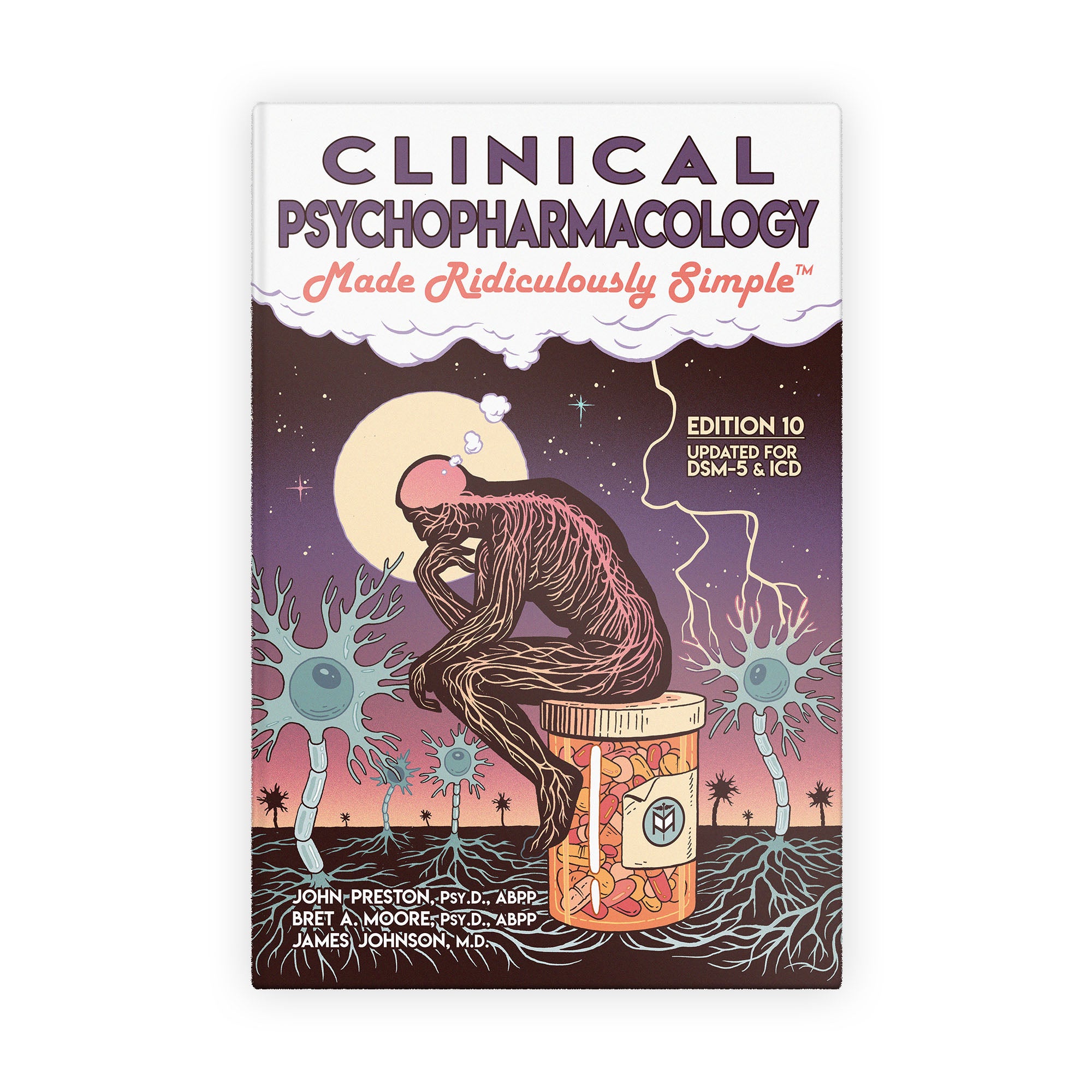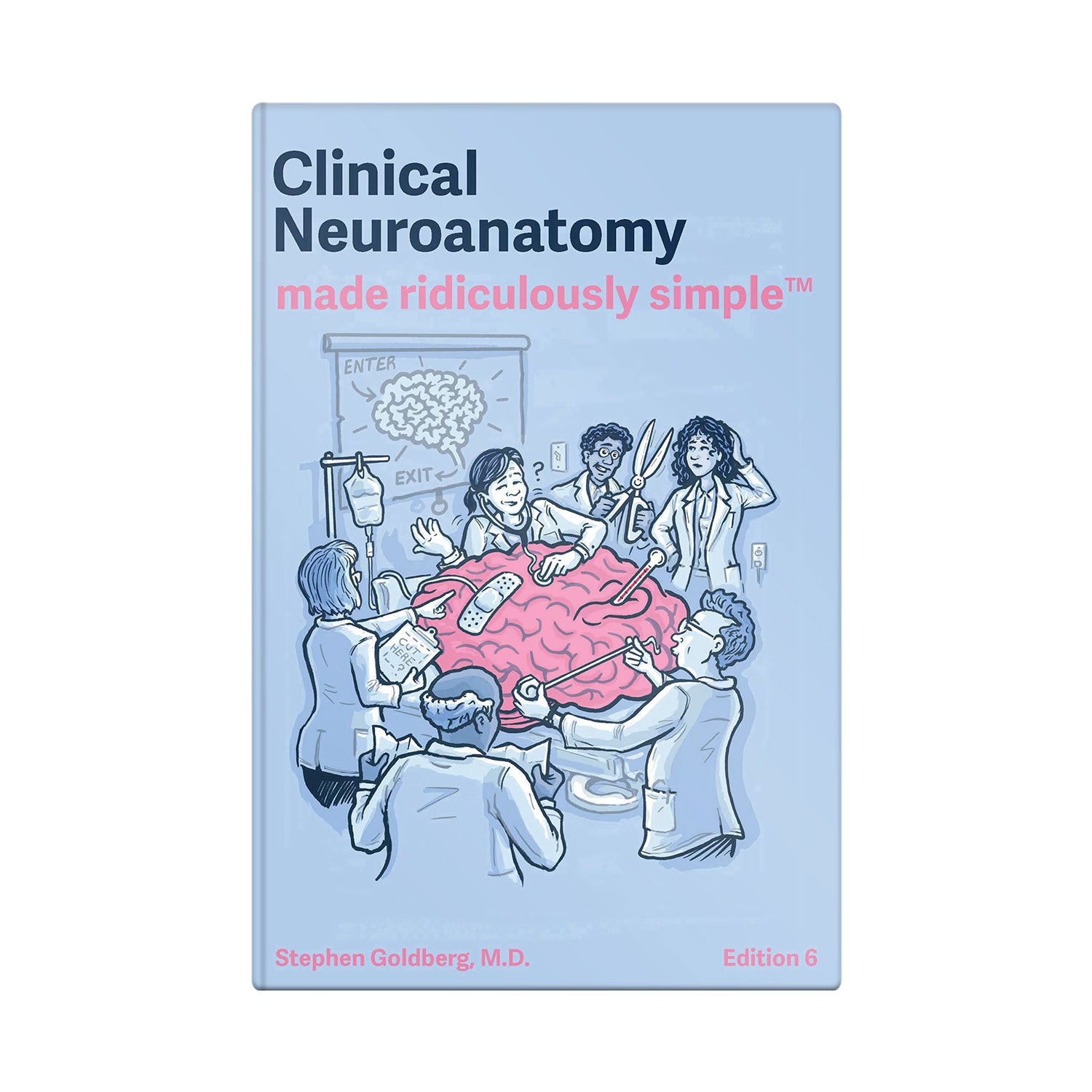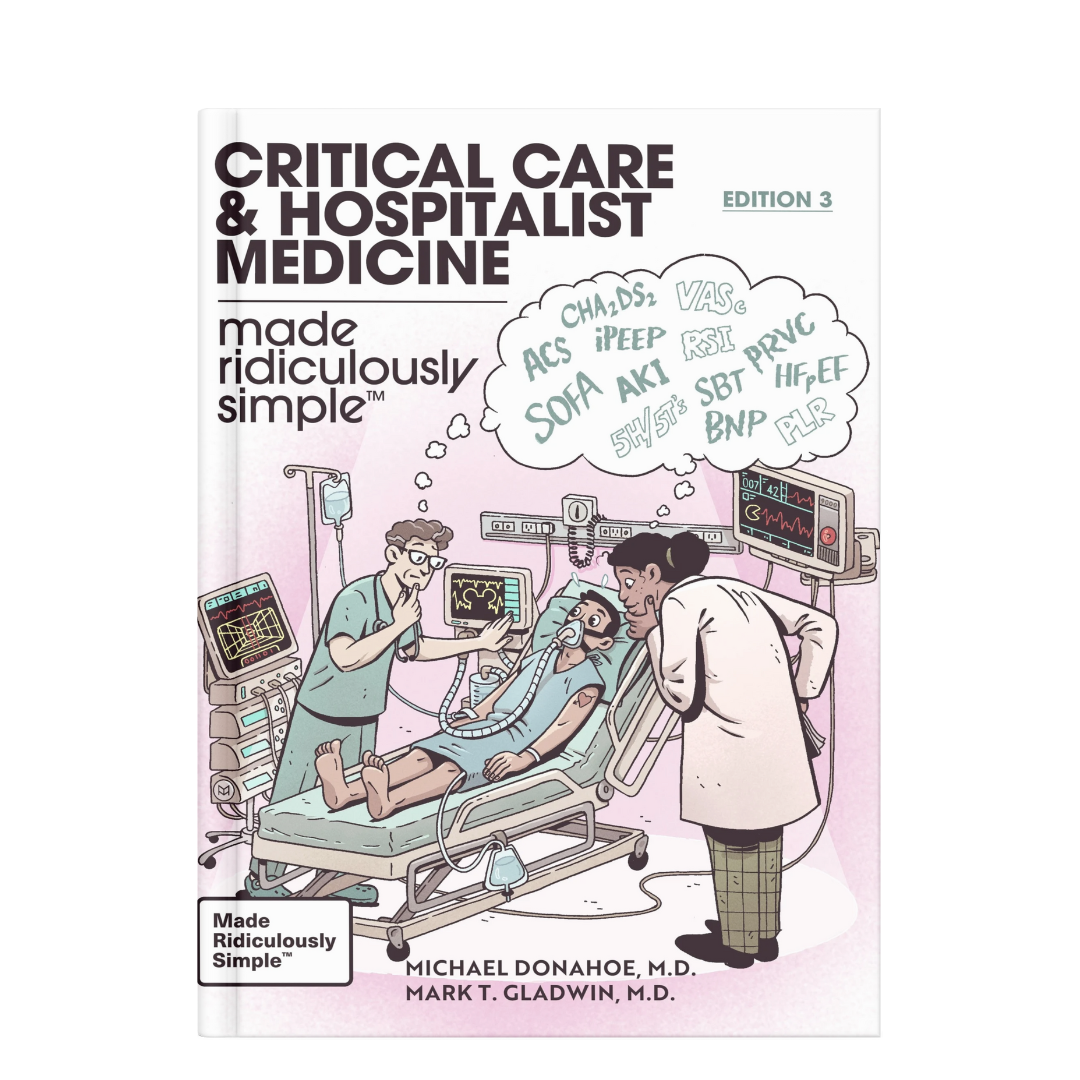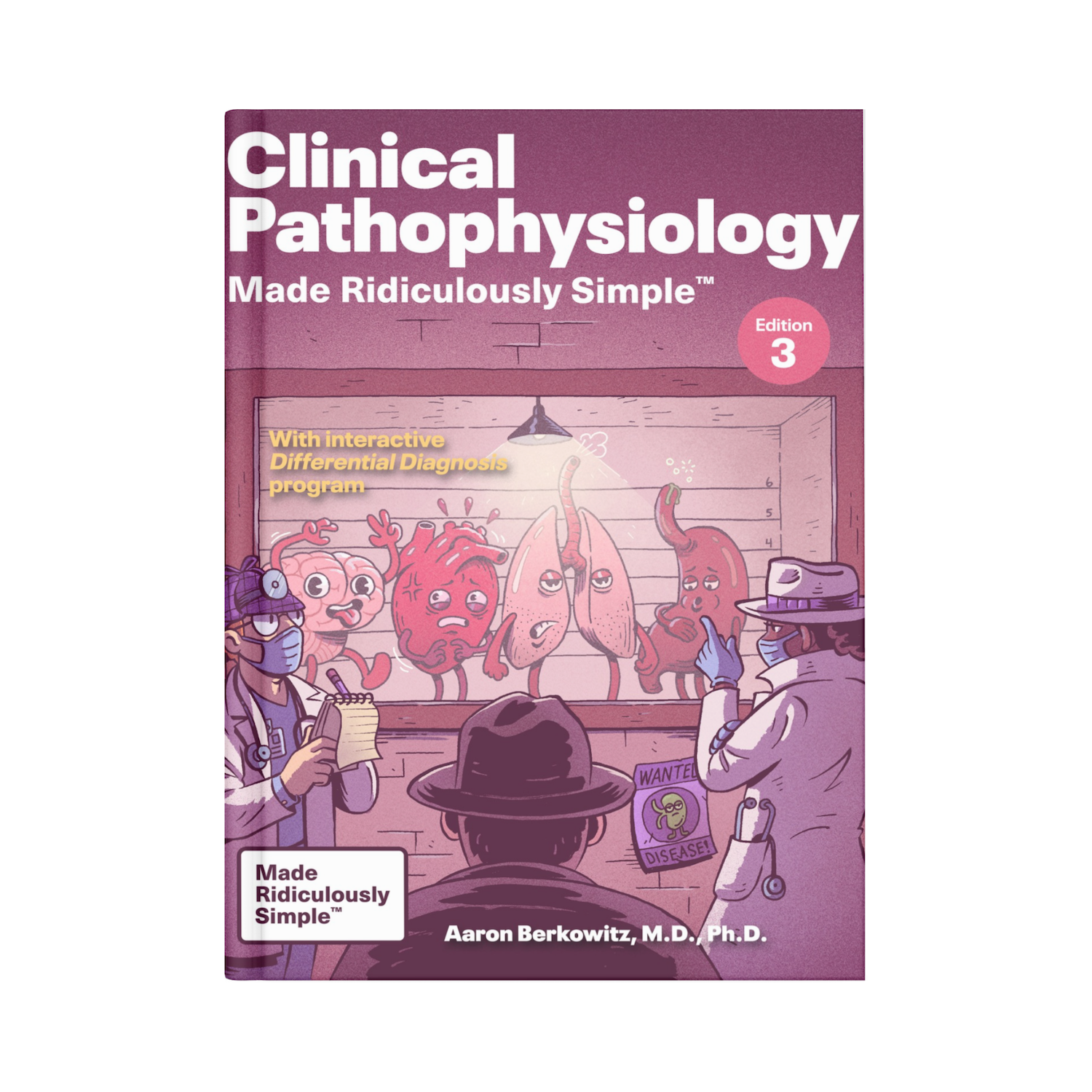
Memory Techniques for Med School #9 (Chunking)
In chunking, you try to break up a large list of items into smaller chunks, each of which can be easier to memorize than the whole.
Chunking
In chunking, you try to break up a large list of items into smaller chunks, each of which can be easier to memorize than the whole. A classic example is the phone number, which, rather than a list of 10 successive digits, is broken up into a 3-digit area code, then a 3-digit number followed by a 4-digit number.
In medicine this can be done with lists of words or with pictures. For words, say you want to memorize a large list of antibiotics. They are easier to learn by first grouping them into categories (antibacterial, antifungal, antiviral, antiparasitic). Antibacterials can be further reduced to the subchunks of penicillin family, anti-ribosomal, anti-tb and leprosy, and miscellaneous, etc. If you can create subgroups of items in a large list (also aided by placing them in charts for cross-reference comparison), it becomes easier to keep them in mind.
Difficult directions -- one of the major causes of poor patient compliance
Chunking can also be done with complex pictures. For instance, the metabolic pathways in biochemistry form a large and complex map of associations. Breaking them down into visual chunks eases the learning process:
Expanding on the chunks
Further chunk expansion (from Clinical Biochemistry Made Ridiculously Simple, MedMaster)
Which memory and learning techniques do you find most valuable in your medical studies?
The Goldberg Files
The Goldberg Files is based on the struggles of Dr. Goldberg as well as those of his many students which he observed while teaching medical school for 25 years. This extensive blog is dedicated to assisting students in dealing with the stresses of medical education. Want to learn more?






